Since a global component temperature change has a membrane effect and a temperature change over the component height has a bending effect, the temperature load is defined in two parts in the load dialog box:
- Uniform temperature Tc along the member axis x (membrane effect)
- Non-uniform temperature ΔT for the y- or z-axis (bending effect)
If the thermal expansion is described by means of component surface temperatures in the examined practical case, the absolute temperature data can be converted to the sought temperature change and temperature difference as follows:
|
Tc |
Temperature change |
|
To |
Temperature on the component surface |
|
Tu |
Temperature on the bottom surface of the component |
|
Tref |
Reference temperature – mounting temperature |
|
ΔT |
Temperature difference |
|
To |
Temperature on the component surface |
|
Tu |
Temperature on the bottom surface of the component |











.png?mw=350&hash=c6c25b135ffd26af9cd48d77813d2ba5853f936c)














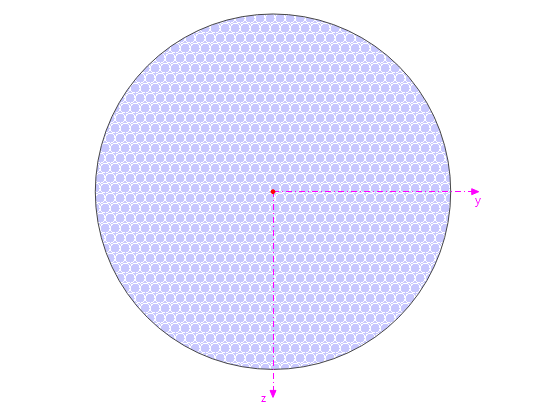
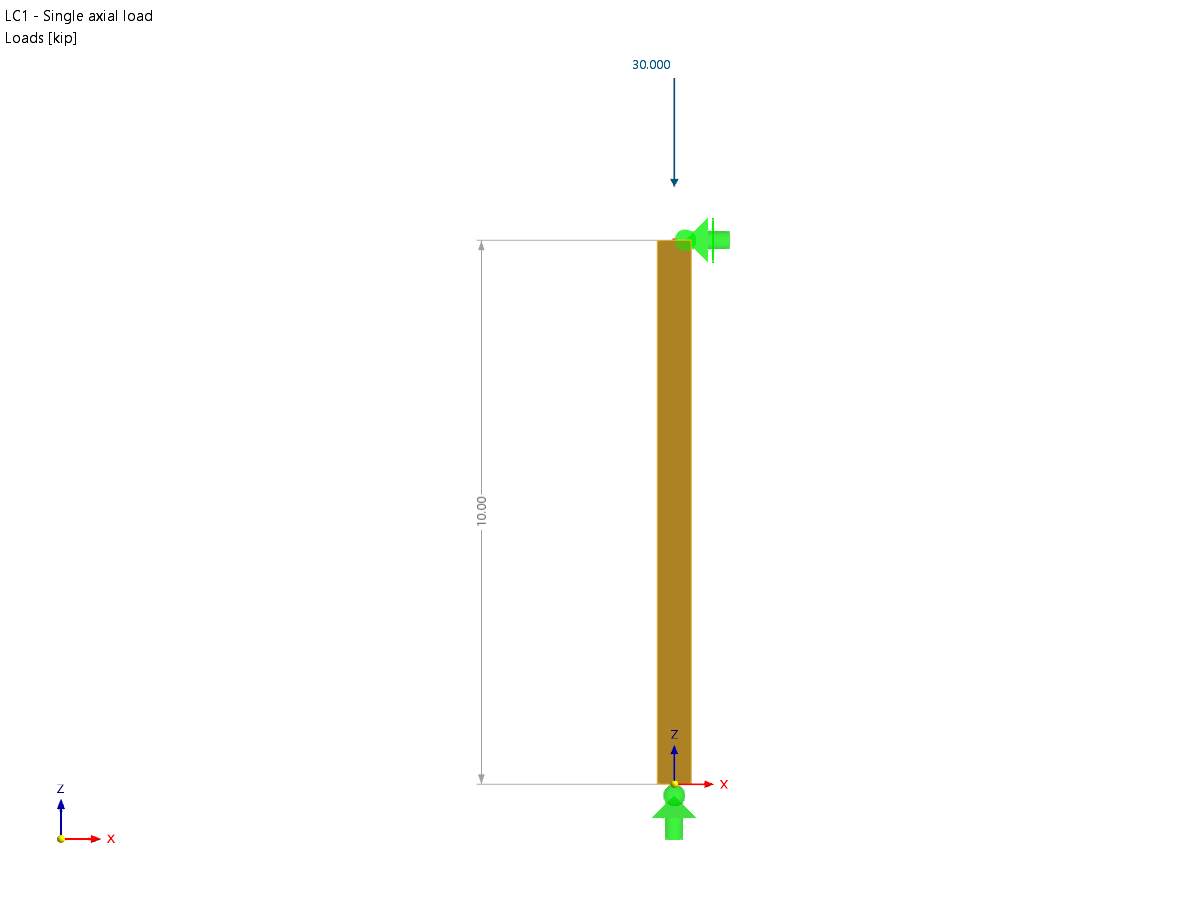
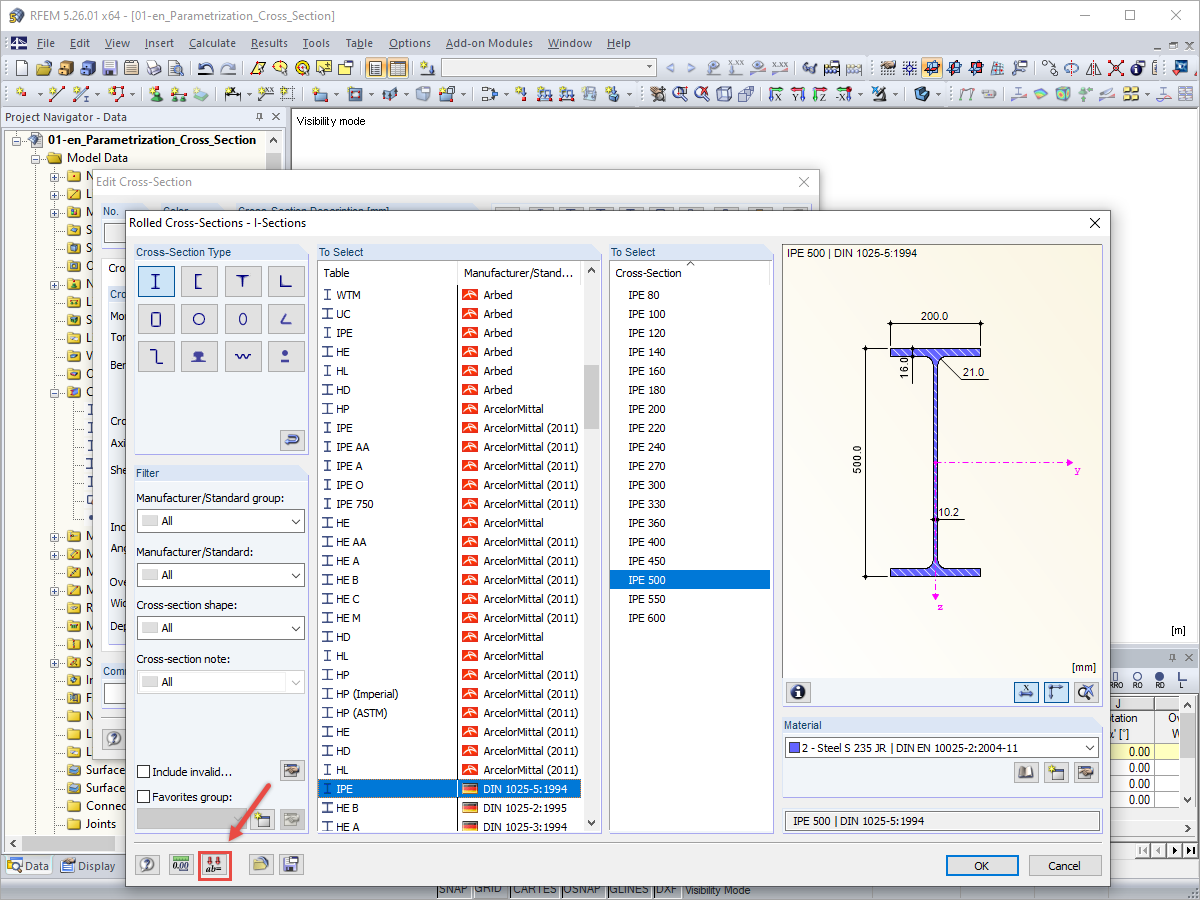
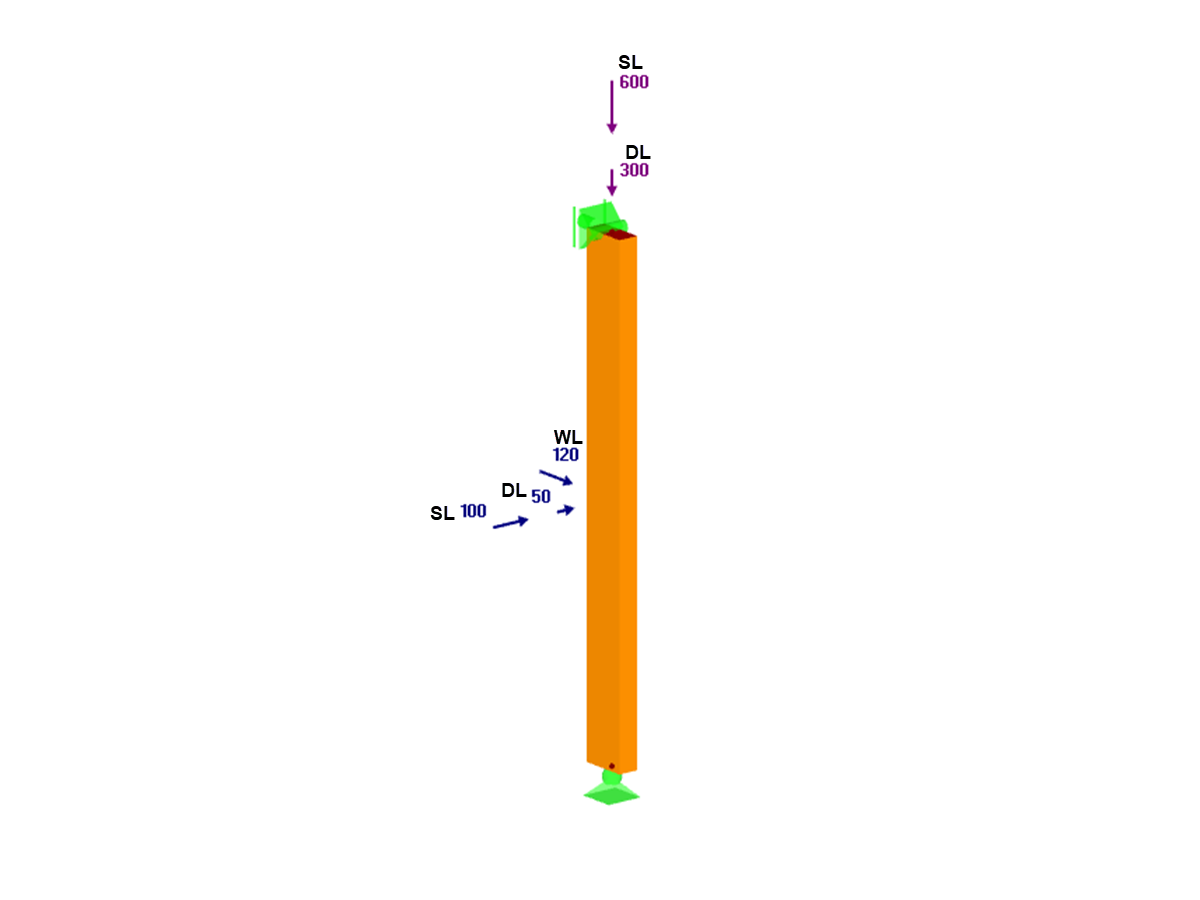











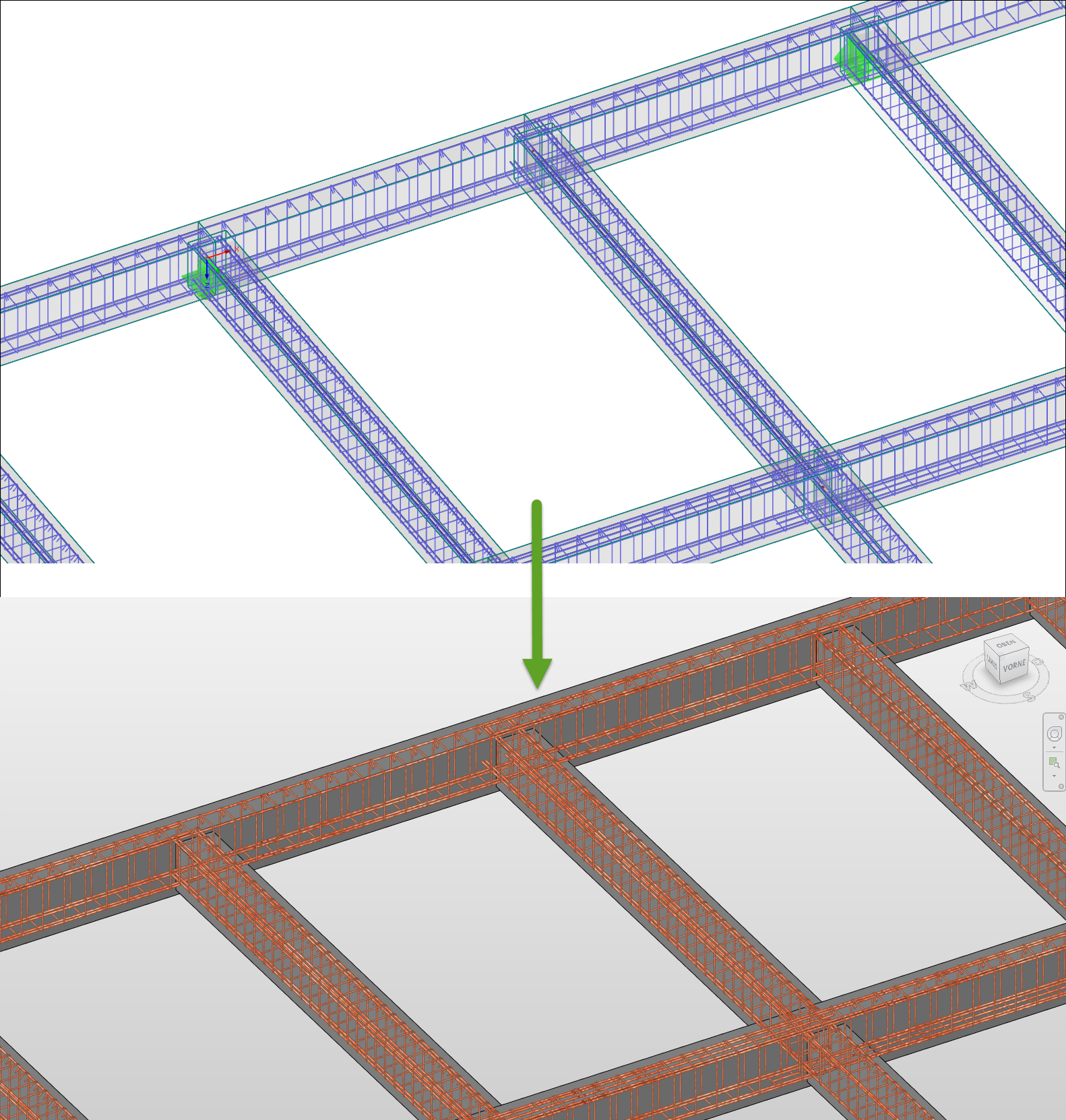








_1.jpg?mw=350&hash=ab2086621f4e50c8c8fb8f3c211a22bc246e0552)